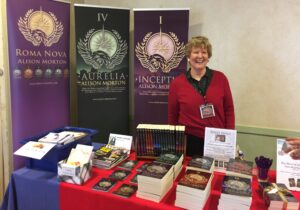
Alison Morton explains why writing fiction of different lengths can expands the marketing reach of a series
It's generally accepted that it's easier to market a series of novels than separate, stand-alone ones – but here's an idea to help those indie authors who already write novel series to expand their reach further: offer stories of different lengths and in diverse formats within the same series. Established novelist Alison Morton explains why, and shares the case study of her own Roma Nova alternate history books, the latest of which is published today.
9 Reasons to Write Fiction of Different Lengths
Assuming that you are writing or plan to write a series of novels, here are nine good reasons to write and publish books not just of novel length but in other formats too, such as short stories, novellas and box sets:
- Writing in short, medium and long forms is very good for your writing muscles. It challenges you to use different techniques and be agile in applying them.
- You will not only satisfy your fans with different and new offerings…
- …you can also target new readers with enticements.
- You can offer good reading at different price points and of different lengths. People can be money and time-strapped and offering that variety gives them access to your work.
- A varied offering catches all kinds of readers: those who are voracious and those who go at a gentler pace. Some haven’t stopped reading since early childhood, others are hesitant or returning readers. Some like short and sharp, others full immersion or listening rather than reading.
- Carefully co-ordinated with covers and blurbs, each item reinforces your brand.
- More products on a table (virtual or real) reassures readers they are buying from a serious, professional author.
- You can give away one smaller book and still leave plenty in your range to sell through.
- It can be economical for you as an author – a box set only has to be compiled not written.
All of these reasons will enhance the effectiveness of your book marketing.
Case Study: My Roma Nova Thriller Series
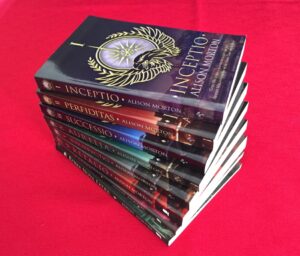
Greater than the sum of its parts in marketing terms
When I started writing my first novel, of 98,000 words, I had no idea it would generate two more. When I was writing the third, I realised I had to explore the story of the younger version of an important secondary character. That became three more books.
I ended up with over half a million words in two trilogies.
The stories had sprung from my heart and imagination; I didn’t write them to make money. However, I’d run small businesses at different times before becoming a writer and the entrepreneurial gene hadn’t faded.
These six books which gave me so much pleasure were also products.
First Trilogy
The first, Inceptio, I marketed as a thriller featuring a female protagonist in a different, but modern Roman reality, but with many similarities to our timeline. The second, Perfiditas, followed six months later as a sequel. Nine months later, I marketed Successio as completing the trilogy. All books stand by themselves, but I suggested (strongly) that reading all three would give the reader an enriching experience.
Second Trilogy
After the fourth book, Aurelia, came out, I risked marketing it as a historical as it was set in the 1960s. It worked; it became one of four finalists in the 2016 Historical Novel Society Indie Award. Its two sequels, Insurrectio and Retalio, covered the dark days in Roma Nova in the early to mid-1980s. Altogether, that second trilogy covered backstory to the first and revealed and reinforced events in the first, so could be cross-marketed as a prequel trilogy.
Two Box Sets
As an experiment, I bundled the first three ebooks into a box set with the price at two-thirds of the individual books together. Although a sensible decision as a marketing initiative, my fear was that it would cannibalise sales of the individual books. It did to some extent; in the first two months, the sales of the first three dropped by an averaged 50%, but income from box set sales more than made up for it. Now, they all make regular sales. This has encouraged me to produce a second box set which will be out late November/early December to catch the pre-Christmas impulse market.
Audiobooks
In 2016, Blake Friedman Literary Agency sold the first four books to Audible. People tell me they listen on trains, at home and on holiday, but also switch between print books , ebooks and audio.
Anthology Entry
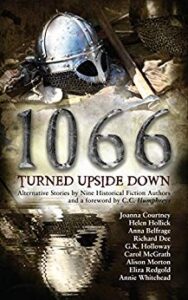
Attracting new readers with a Roma Nova short story in an alternate history anthology
Later that year, I was invited to contribute a Roma Novan story to 1066 Turned Upside Down, an anthology of alternative outcomes of the 1066 Norman Conquest. I was known in the historical fiction community as an alternative history writer. They were all ‘proper’ medievalists, so the research was challenging.
Writing short dragged me out of my comfort zone, but it exposed my writing to a new audience. Result!
Novella
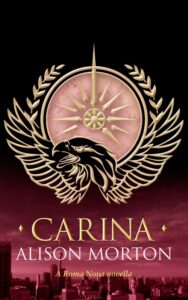
A Roma Nova novella was another addition to the canon
In the meantime, everybody seemed to be writing novellas, so I picked on an incident referred to but not described in my second book and turned it into a 35,000 story called Carina, the character’s name. (I’d picked that name for the heroine back in 2009 before HMB used it as a brand!). That went out as a short, sharp read at £1.29/$1.49.
I admit that I wrote Carina to market, as an enticement, although I did enjoy writing it. At first an ebook released in 2017, I used my newly acquired Vellum publishing software to produce a paperback April this year. Why? Firstly, fans asked me, and secondly, it’s a perfect giveaway. The glossy cover and distinctive eagle branding are immediately obvious and I’m not ‘sacrificing’ my main books.
So now in the series, we have six full-length novels, two trilogies, a contribution to an multi-author anthology and a novella. What was missing?
Short Story Collection
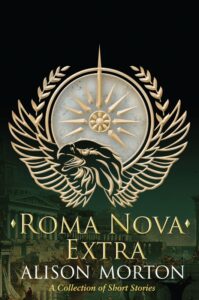
The latest addition to the Roma Nova product range is a set of short stories, published today
Ah, yes, short stories. Heartened that I had got over the barrier of my short story reluctance with the 1066 Turned Upside Down contribution, I decided to put together a collection of moments and incidents outside the main stories. They would be previously ‘hidden’ events, but still be stories that could be read and enjoyed by new readers. Again, they would maybe draw in those new readers. At 60,000 words, Roma Nova Extra has just gone out at £1.99/$2.99. I have not made the same mistake of delaying the paperback version; that just irritates fans.
In Summary
To sum up in marketing-speak, “the supply of different and better goods allows for deeper fulfilment of consumption needs.”
In English, with variety, you are handing choice to the reader.
Which of course is the most important person in this whole scenario.
OVER TO YOU If you write series and have a similar case study of diversification to share, we'd love to hear about it – please tell us about it in the comments.
#Indieauthors - writing a #series of novels? Here's why it's worth also diversifying into novellas, short stories & other formats too - by @Alison_Morton Share on XOTHER POSTS ABOUT WRITING DIFFERENT FORMATS
From the ALLi Author Advice Center Archive

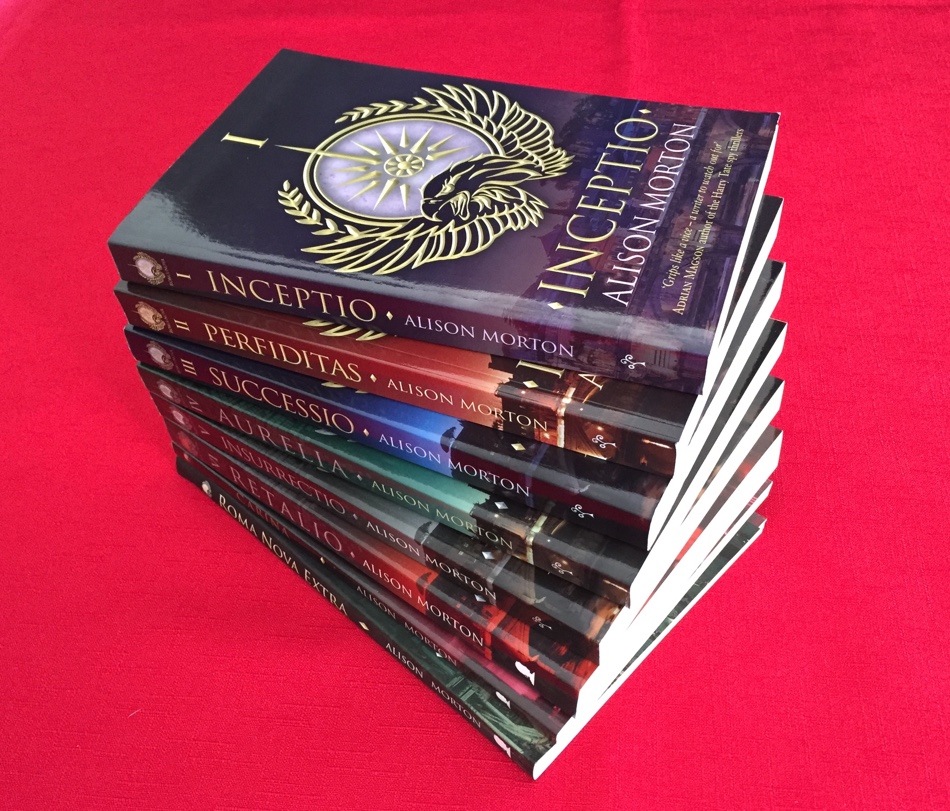
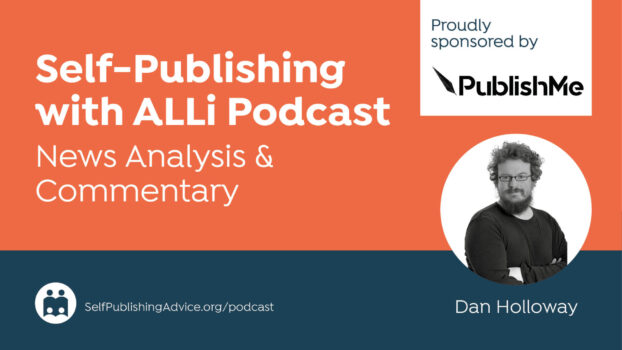


(Sorry for the duplicate comment. I was mistaken with your name). Thanks again!
Allison, your article was a great find and so reassuring. I am 2/3 of the way through writing my second in a growing series of children’s books. My first book was very to-the-point and a great introduction to the characters and the comic irony that defines the book. It is short on dialogue and adjectives and restricts character development to the immediate family of five people. This character development only provides about one distinct feature of each. The word count is about 2000 words and the age group, in my best estimation, is for 6 -10 year-olds. The second book by contrast (and what I anticipate to also be for book #3) introduces about six more characters who are greatly defined by their lengthy dialogue (all essential to the plot). There is great use of adjectives and the introduction of many different settings and situations, The word count will be more in line with about 3600 words.
All of that being said, my over-riding thoughts have been “do I elongate the first one or shorten the second one?” And my conundrum is I can’t do either which I felt would significantly compromise them.
Your article is such a reassurance that I can safely proceed with my intuitive styles and find readers for each one. This was a long explanation (maybe I should shorten the second one. Lol!), but I wanted to express my situation and gratitude. Thank you!
Jean, your article was a great find and so reassuring. I am 2/3 of the way through writing my second in a growing series of children’s books. My first book was very to-the-point and a great introduction to the characters and the comic irony that defines the book. It is short on dialogue and adjectives and restricts character development to the immediate family of five people. This character development only provides about one distinct feature of each. The word count is about 2000 words and the age group, in my best estimation, is for 6 -10 year-olds. The second book by contrast (and what I anticipate to also be for book #3) introduces about six more characters who are greatly defined by their lengthy dialogue (all essential to the plot). There is great use of adjectives and the introduction of many different settings and situations, The word count will be more in line with about 3600 words.
All of that being said, my over-riding thoughts have been “do I elongate the first one or shorten the second one?” And my conundrum is I can’t do either which I felt would significantly compromise them.
Your article is such a reassurance that I can safely proceed with my intuitive styles and find readers for each one. This was a long explanation (maybe I should shorten the second one. Lol!), but I wanted to express my situation and gratitude. Thank you!
This is amazing! Thanks for sharing your experiences with us, Alison! I’ve been creating my own subgenre with fantasy, which is more to the otherworldly and emotionally driven than the action driven, yet I also blog regularly as myself or as my imaginary creations. It’s different, yet feels like streams running into the same universal river. I’m starting to work on more poetry of late, as well.
Thanks, K.S. for your kind words. Yes, when I created the world of Roma Nova, I found it so fascinating I wanted to stay there. But with our entrepreneur hats on, we must think of offering different entry points into that world so readers can share it with us in a variety of ways.
Good luck with ‘expanding’ your own writing!
I am rethinking my past snobbishness about publishing only ‘full-length novels’ or collections, for some of the reasons you’ve mentioned – and now you’ve given me even more justification. I have thoroughly enjoyed writing two novellas and a short story this year and you’re spot on about readers liking different lengths. Clear, thought-provoking article – thank you.
Thank you, Jean. I surprised myself how much I enjoyed writing these different lengths of work. And also when I listened to the audiobooks. I think I’ll revert to my usual full-length form for the next book, but who knows what I’ll be doing in a year’s time!